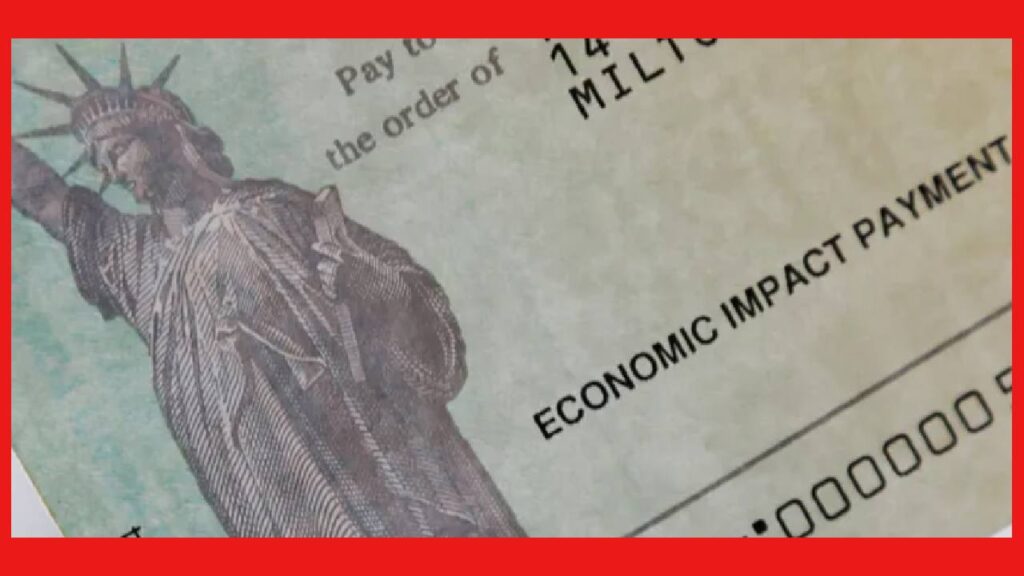Recent discussions about a possible DOGE dividend check have sparked curiosity among taxpayers, with many wondering whether they will receive a stimulus-like payment. While the idea of a $5,000 refund per household has been floated, its approval remains uncertain. Here’s what we know so far about the proposal and who might qualify.
What Is the DOGE Dividend Check?
The DOGE dividend check is a proposed tax refund plan based on cost-saving measures initiated by the Department of Government Efficiency (DOGE)—a program led by Elon Musk under President Donald Trump’s administration. The idea was first introduced by James Fishback, CEO of Azoria Investment Firm, who suggested that a portion of the savings generated by DOGE be returned to taxpayers.
Musk acknowledged the proposal, stating that the final decision rests with Congress and the President. Trump, in response, has said he would consider using 20 percent of the savings from government spending cuts to fund these refunds. However, no official decision has been made.
How Would the DOGE Dividend Work?
Unlike traditional stimulus checks, which were designed to boost consumer spending, the DOGE dividend would function as a tax refund. According to Fishback’s proposal, the refunds would be issued only to taxpayers who contribute more to the federal government than they receive in benefits.
During an interview with NewsNation, Fishback emphasized that this approach would avoid inflationary effects, as it would be funded directly from government cost savings rather than adding to the national deficit.
Who Would Qualify for a DOGE Dividend Check?
If approved, the DOGE refund would be distributed per household, rather than to individual taxpayers. However, not everyone would qualify. Reports indicate that only those who are net taxpayers—meaning they pay more in federal taxes than they receive in benefits—would be eligible.
According to Pew Research Center, most Americans earning under $40,000 effectively pay no federal income tax, which means lower-income individuals may not qualify for the refund. This marks a significant shift from previous stimulus programs, which provided payments to a broader range of income levels.
Additionally, the refund would likely be available to certain Social Security recipients, as long as they meet the required income tax contribution threshold.
What Is the Department of Government Efficiency (DOGE)?
The Department of Government Efficiency (DOGE), also known as the U.S. DOGE Service Temporary Organization, was launched under the Trump administration with Elon Musk leading the initiative.
Its primary goal is to reduce federal spending, eliminate waste, and modernize government operations. Initially aiming to save $2 trillion per year, DOGE has so far reported savings of approximately $140 billion. These savings are at the core of the proposed DOGE dividend refund.
Will the DOGE Dividend Become Law?
As of now, no formal bill has been passed to implement the DOGE dividend. Fishback remains optimistic, stating that discussions with lawmakers in both the House and Senate have been productive.
However, President Trump has not provided further details on whether the proposal will move forward. Until Congress officially approves a plan, the DOGE dividend remains an idea rather than a guaranteed payout.
Key Takeaways
- The DOGE dividend is a proposed tax refund based on government cost savings, not a traditional stimulus check.
- It was suggested by James Fishback and acknowledged by Elon Musk and President Trump.
- Only net taxpayers would qualify, meaning lower-income individuals may not receive a payment.
- The plan has not been officially approved, and its future depends on congressional action.
For now, Americans will have to wait and see if this proposal moves forward. Until then, it remains a concept under discussion, rather than an official policy.
Waseem Ureeba is a passionate tech enthusiast and blogger, dedicated to exploring the latest trends in technology. With 3 years of experience in the digital world, he shares insightful articles, reviews, and guides to help readers stay informed. His expertise covers gadgets, software, and innovative tech solutions, making complex topics accessible to everyone.


